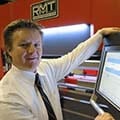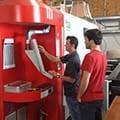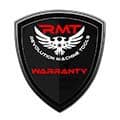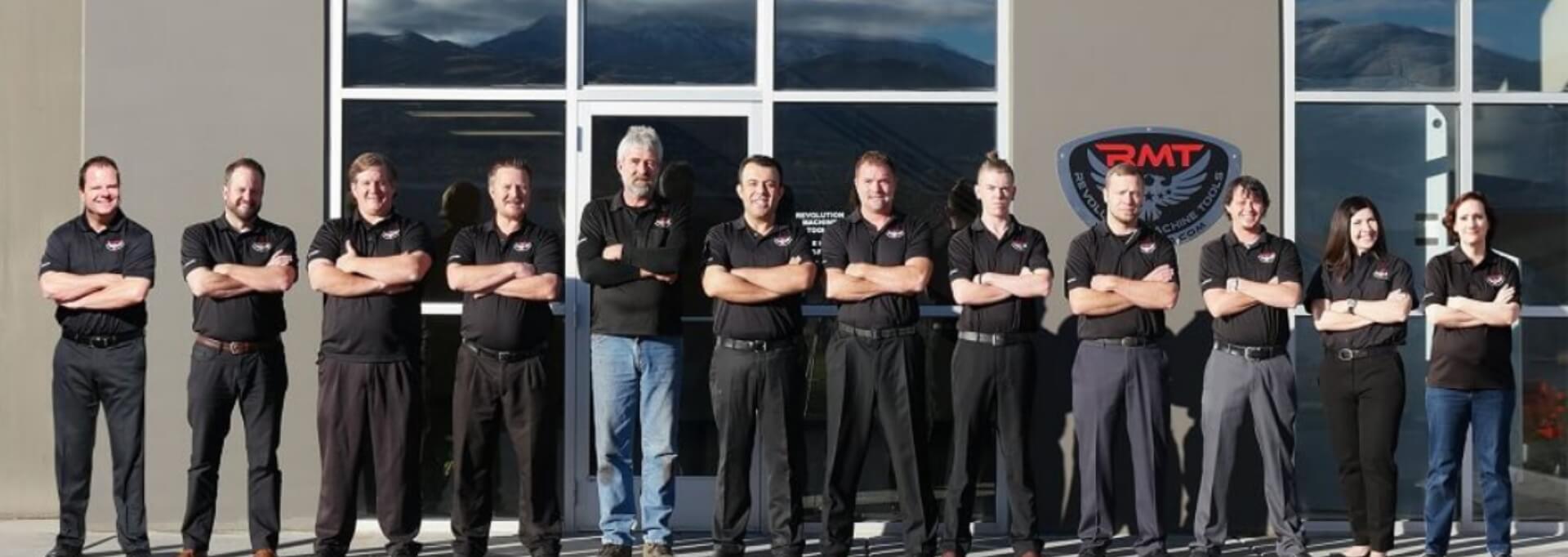Beginner Basics
You are just starting out in the metal fabrication industry, or perhaps you are a welder or machine shop wanting to expand your services to current and potential clients. How do you set yourself up to do fab work?
Anyone with experience in metalworking can start doing fabrication with the right equipment. All it takes is to begin purchasing the types of machines that can do the basic jobs—and getting the proper training to run those machines—and then outsourcing everything else while you slowly grow into a full-scale job shop.
The more complete your inventory fabrication machinery, the more jobs your shop can bid on in a given month. The key is to start small and grow at a pace that doesn’t bankrupt your business along the way.

Cutting Metal
While the first machine that usually comes to mind in metal fab work is a press brake, more basic than that is having the means to cut the metal being bent. Even if a shop purchases cut-to-order blanks for nearly all the parts orders they produce, the occasional job will present itself that requires custom-cut parts and jobbing it out can be costly in time and money. Being able to cut down large plates and sheets of metal into exactly the right size and shape for the job at hand will save big dollars in the long run.
Metal-cutting equipment to consider for your shop include:
- Shears. The most basic metal cutting machine for sheet metal and plates is a shear. Even with all the high-tech alternatives available on the market, having a good shear on the floor will save the day when a quick cut is needed for a job. A hydraulic shear with a capacity between 1/4″ x 10′ and 3/4″ x 13′ is common in many shops but anticipate the size and power you will specifically need and go a tiny bit larger to be on the safe side.
- Bandsaws. Unless all of your parts are flat, a band saw is necessary for cutting down round, square and rectangular solids along with other profiles, like pipe and tubing. Find a good horizontal band saw with the capacities and features—such as bundle cutting—that fit your shop’s needs.
- Fiber Lasers. Only really big shops used to buy a laser for their floor, but smaller and very affordable models are becoming more and more available. A decent laser can reduce an hourlong job of cutting out HVAC parts into seconds. While not something to budget towards just as you start up a fab shop, fiber lasers should be a consideration when you expand enough to warrant such a purchase.
Other common cutting machines used in fab shops include plasma tables, water jets and CNC routers. The key is finding what machines best perform the jobs you need now while fitting within your current budget, then growing as you can afford it.
Bending Metal
Let’s face it—for all intents and purposes, it just ain’t a fab shop without a press brake. The single most common forming process with plate metal and sheet metal alike—even more than rolling—is putting an angle bend into the material.
For small HVAC or other sheet metal shops, a simple hand brake may do the job, though a motorized leaf brake or box and pan machine can be commonplace in facilities with greater demand.
For plate bending, a simple hydraulic press brake with precision controls and suitable safety features is essential. There’s a good reason why the old flywheel mechanical brakes are more museum pieces than production machines these days—in spite of all their immense bending power, careful precision bends just aren’t in their vocabulary. (And good luck trying to put a light curtain on a flywheel brake. Once that beam starts coming down, there isn’t any stopping it.)
When looking for a press brake, always get a size larger than anticipated needs—you don’t want to max out your brake with every operation if you want to keep it running for years—and choose the best in design features and available options. Look for solid construction that will keep the brake rigid during bending processes. This will reduce deformation in the bent parts as well as helping the machine to stay in operation longer. A Y1/Y2 CNC machine with independent control of both sides of the ram will be a worthwhile investment in the long run, allowing greater precision and versatility in your bending.

Rolling Metal
What is it with making circles that humans love so much? Not only does rounded metal look nice, as in aesthetically pleasing decorative angle iron, but it is also very practical to roll metal sheets into tubes and tanks for the transport of liquids and powdered solids.
There are two basic rolls that every fab shop should own:
- Plate Rolls. To make a cylinder or create radius parts, a mechanical or hydraulic plate roll is the tool for the job. While step bending on a press brake can put a curvature into a metal plate, for everyday use a 3-roll plate bending roll produces a smooth and accurate part. A 4-roll hydraulic plate roll should be considered for even greater accuracy and control.
- Angle Rolls. Profile rolls—often called angle rolls because of their widespread use with angle iron—are ideal for bending channels, beams, pipes, tubes and other profiles. The normal configuration of three rolls—at least one of which adjusts position during the operation—applies force on the profile with each pass, shaping it into the desired form. A good angle roll will come with interchangeable rolls for working with different standard profiles and have optional rolls available for most others.
Forming Metal
There are many other machines used in forming metal in fab shops, but one of the most common is the ironworker. Like a Swiss Army Knife, these powerful little machines can usually perform a wide variety of tasks like punching and notching plates and shearing a variety of profiles, from angle iron to square, round and flat bars. Many will even have a station with replaceable fixtures for the occasional odd operation, such as a punching station that can be replaced with a tiny press brake for jobs that can be measured in inches instead of feet.
This versatile instrument is an indispensable tool for most shops, so find one with the best options and features to suit your expected jobs.
The Right Tool for the Job
Just as a toolbox needs all the essential hand tools to take care of most common tasks, likewise a properly equipped shop is necessary for success in metal fabrication. Unlike a fully stocked toolbox that is available off-the-shelf from a good hardware store, however, building up a metal fab shop usually comes one piece of equipment at a time. (Though some machine tool dealers will offer starter sets of a press brake and shear at a steep discount, so new fab shop owners should keep an eye out for those, provided they are quality equipment.)
Finding a trusted dealer who cares more about their customer’s bottom line than their own is critical to getting the right equipment at the right price in a timely manner, so all fabrication shops—both well-established and those just starting out—should look for a reputable distributor who will stand by them over the years as they grow.
Just as a bird builds its nest one twig at a time, so should a new fab shop start out slowly acquiring essential machines as they are financially able, eventually reaching the point of being suitably equipped to easily outbid their competitors in performing profitable jobs completely in-house with precision and speed.
